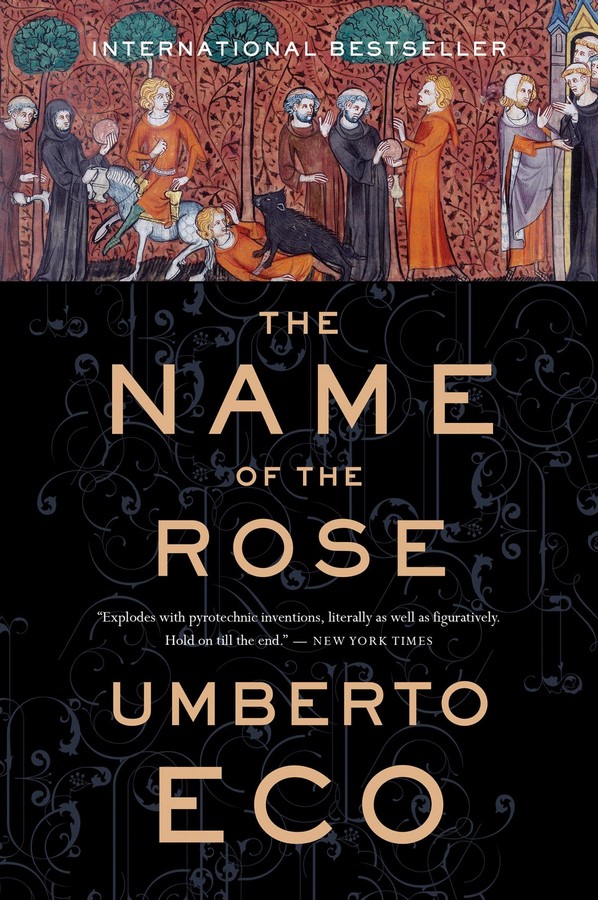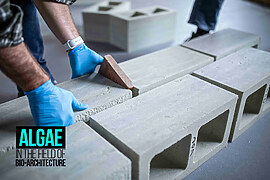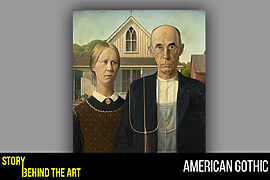“Dwelling is not primarily inhabiting but taking care of and creating that space within which something comes into its own and flourishes.” Martin Heidegger’s idea about dwelling brings forth the importance of ‘space’ in a being’s life. Architects pride themselves in being the ones who sculpt space. Scores of books have been written describing this association between space and architecture. But the concept of space does not contain itself in one field.
Here are a few non-architectural books that take the aid of concepts of ‘space’ and ‘architecture’ to explore various themes.
1. The Yellow Wallpaper by Charlotte Perkins Gilman
Charlotte Perkins Gilman’s influential feminist literature was a strong voice against society’s insolence towards women’s mental health in the 19th century. The book has inspired several plays and films. Despite the main theme of the book, the quality of space and its effect on a user is quite poetically described in this work.
A major part of the book is set in the room the narrator stays in. The eponymous yellow wallpaper in the room assumes the role of a character at times. The room is described as‘…a big, airy room, the whole floor nearly, with windows that look all ways, and air and sunshine galore.’ This seemingly cheerful room leads the narrator to assume that it was previously a nursery. But as the story progresses, we see that the very space begins to imprison her. The narrator continues to notice new details in the room that starts transforming the effect the space has on her.
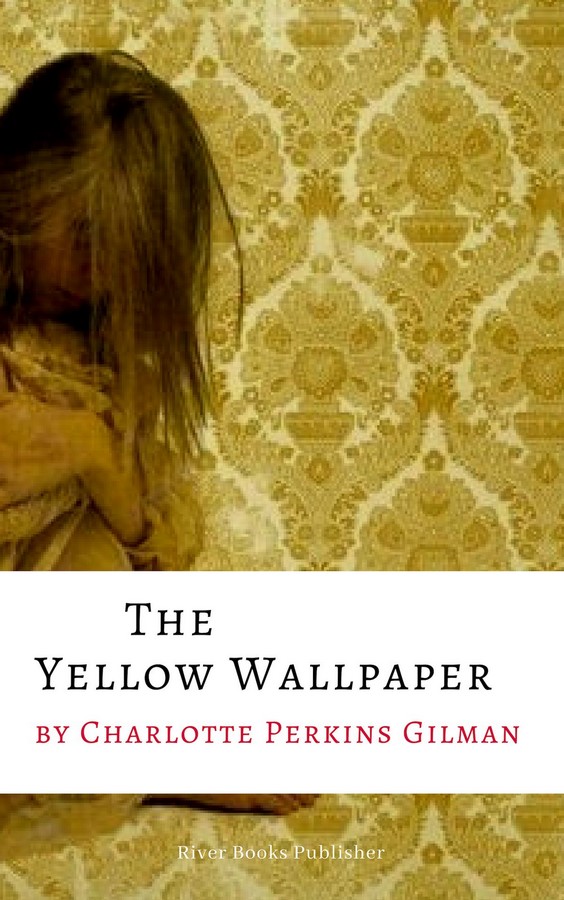
2. The Notebooks of Malte Laurids Brigge by Rainer Maria Rilke
Rainer Maria Rilke’s semi-autobiographical work chronicles the life of Malte Laurids Brigge in Paris. The book expresses the perceptions of the city and people by Malte.
The book set in the ‘City of Lights’ does not view it with rose-tinted glasses. Instead, the narrator’s impression of the city is guided by fear. The built environment of a city can produce different emotions in its users. In Malte’s case, he notices the most derelict spaces in the city.
The book contains elaborate descriptions of the different spaces he encounters such as hospital wards, townhouses, etc. It transmits to the reader the reactions Malte experienced to these spaces as well.
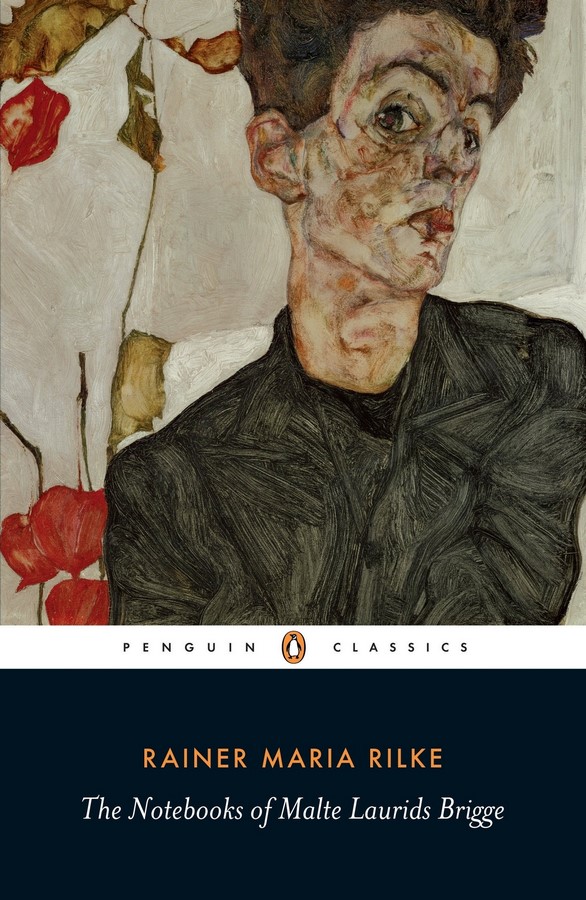
3. Road to Oxania by Robert Byron
A travelogue about the journey undertaken by Robert Byron along the Middle East region; the book stands out amidst scores of travel literature because of the poetic and engaging narrative style it encompasses. Robert Byron’s background in art criticism and modern history; helps him attain a unique perspective in his travels.
The book is brimming with evocative accounts of architecture, landscapes, and anecdotes he encountered in the journey. His description of the Lutfullah mosque serves as an apt example: “I have never encountered splendor of this kind before. Other interiors came into my mind as I stood there, to compare it with: Versailles, or the porcelain rooms at Schönbrunn, or the Doge’s palace, or St Peter’s…. All are rich, but none so rich. Their richness is three-dimensional; it is attended by all the effort of shadow: in the mosque of Sheikh Lutfullah, it is a richness of light and surface, of pattern and color only. The architectural form is unimportant. It is not smothered, as in rococo; it is simply the instrument of a spectacle, as earth is the instrument of a garden.”

4. The Complete Poems and Plays of T. S. Eliot
This book consists of T.S. Eliot’s oeuvre is published by Faber & Faber. The renowned writer, T.S. Eliot, is known for his ground-breaking contributions to English literature. His poetry is rich with allusions, lyrical aspects, and spatial nature. His style of poetry writing evokes the image of a space in the reader’s mind.
Eliot’s poetry describes the nature of different settings through his perceptions. His work is dominated by a leaning towards the quality of ecclesiastical architecture. Apart from that, it focuses on the quality of a space. Spaces such as chambers, houses, streets, and cities often feature in his works. “Let us go then, you and I, When the evening is spread out against the sky Like a patient etherized upon a table; Let us go, through certain half-deserted streets, The muttering retreats Of restless nights in one-night cheap hotels And sawdust restaurants with oyster-shells: Streets that follow like a tedious argument Of insidious intent To lead you to an overwhelming question …” from ‘The Love Song of J. Alfred Prufrock’, elucidates the spatial nature in his work.
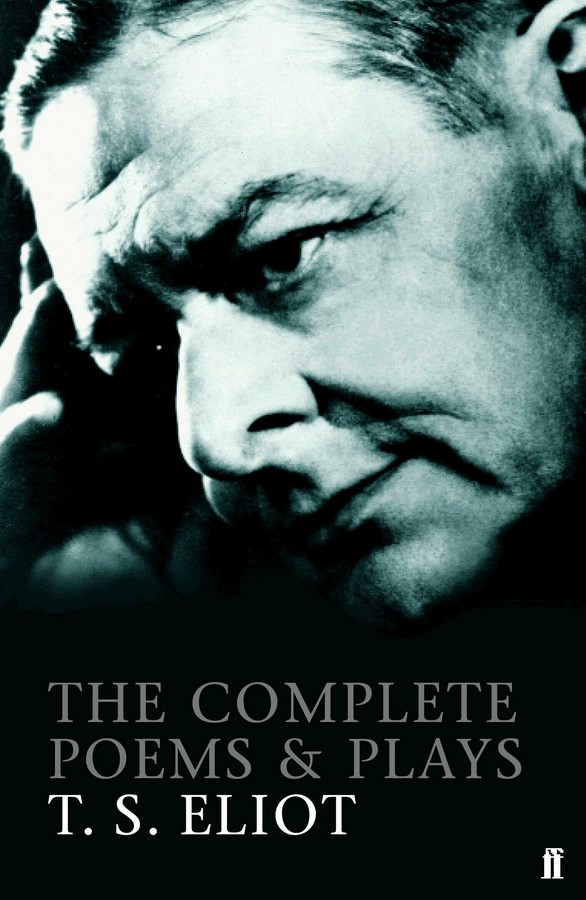
5. Ulysses by James Joyce
Ulysses is one of the landmarks in modern literature. James Joyce masterfully describes the events that unfurl during the course of a day in the life of few Dubliners. James Joyce managed to recreate Dublin through words. The descriptions in the book build a mental map of the city in the mind of the readers.
“Big stones left. Round towers. Rest rubble, sprawling suburbs, jerry built. Kerwan’s mushroom houses built of breeze. Shelter, for the night”. These words from the book show how Joyce’s characters map out the urban landscape. There exists a balance between the changing landscapes of modernity and the permanence of antiquity in the urban landscape of Dublin. The book provides an insight into the socio-cultural and architectural layers of the city.
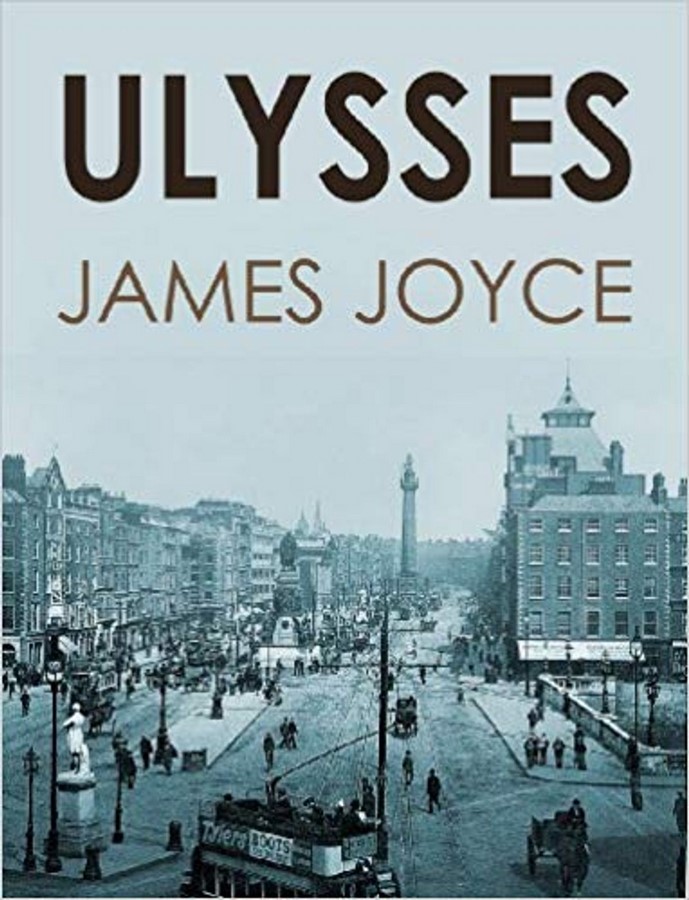
6. My Life in Houses by Margaret Forster
Margaret Foster was an acclaimed novelist and biographer. She made a mark in her writing career with her book ‘Georgy Girl’. This book is the author’s memoir. She penned down her life through the houses she occupied in her life.
The book is not merely a record of the various houses. It explores how a residence affects its occupants. It tries to define what the word ‘home’ means to a person. By reminiscing the connections she had with these houses, she describes the diverse spaces and its effects in detail. The book also manages to give us a glimpse of the changes in the language of residential architecture spanning over eight decades.
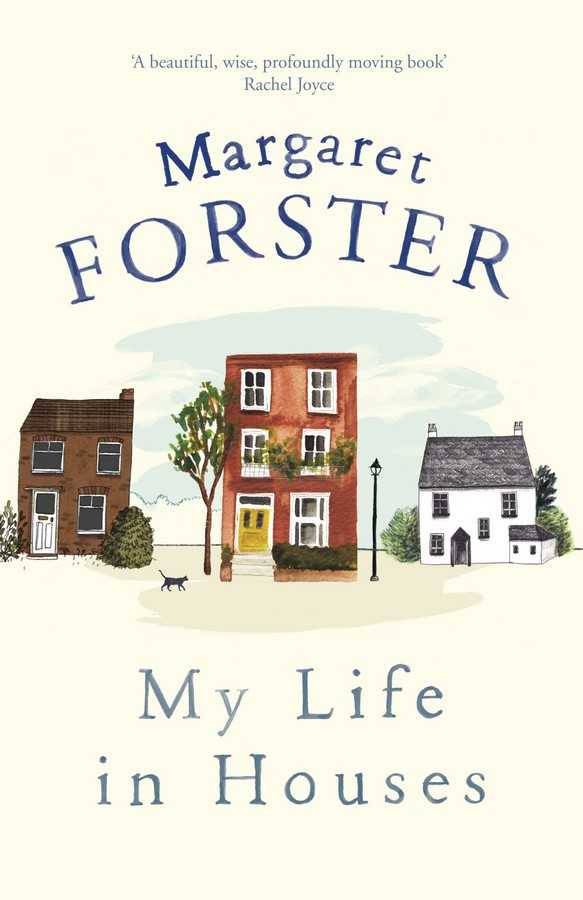
7. Two towns in Provence by M.F.K. Fisher
The book brings together two of M.F.K. Fisher’s renowned travel memoirs. It covers her stay in Aix-en-Provence and Marseille.
Fisher’s writing usually centers around the gastronomical wonders a place offers. She is equally talented in evoking a picture of the places she visits. She does not limit herself to mere visual descriptions of the various spaces. She beautifully describes the sounds, smells, and textures of the various buildings and spaces within the cities. The books tell about the link between people and a place.
The vivid descriptions of cobbled streets, beautiful architecture, and mysterious passageways are accompanied by the stories and perception of the people occupying it.
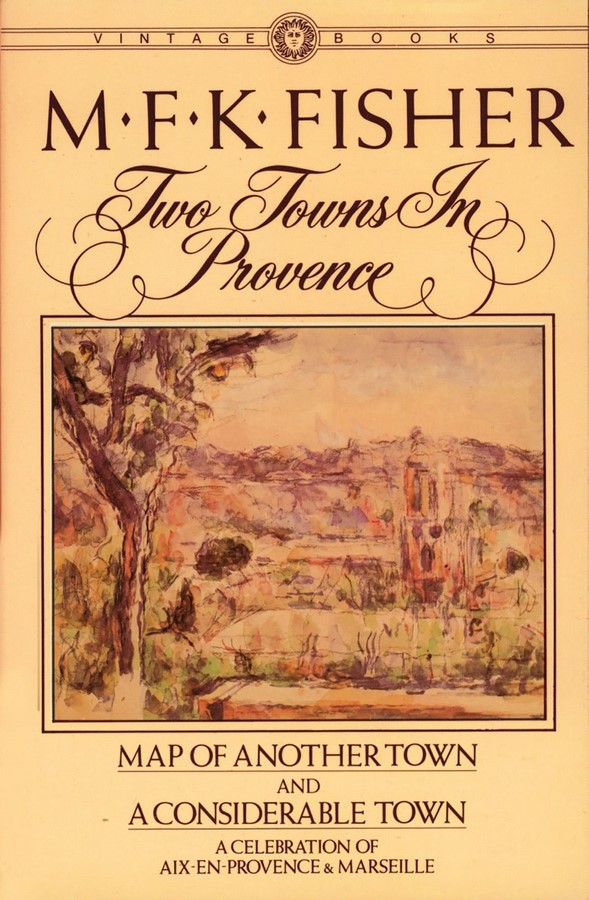
8. The Wind-Up Bird Chronicle by Haruki Murakami
Haruki Murakami’s award-winning novel is a concoction of intrigue, drama, and history. The novel follows a complex structure and guides the reader through a parallel reality. The story that begins with Toru Okada’s search for his wife’s cat delves into complex questions.
Murakami builds a world of metaphors with his stream-of-consciousness prose style. The spatial description in the book is a doorway to the protagonist’s emotions. The vivid descriptions of the labyrinth, corridors, and passageways are a glimpse into the psyche of the protagonist. He skillfully uses the description of spaces to evoke the myriad ‘feelings’ and ‘emotions’ the story traverses through.
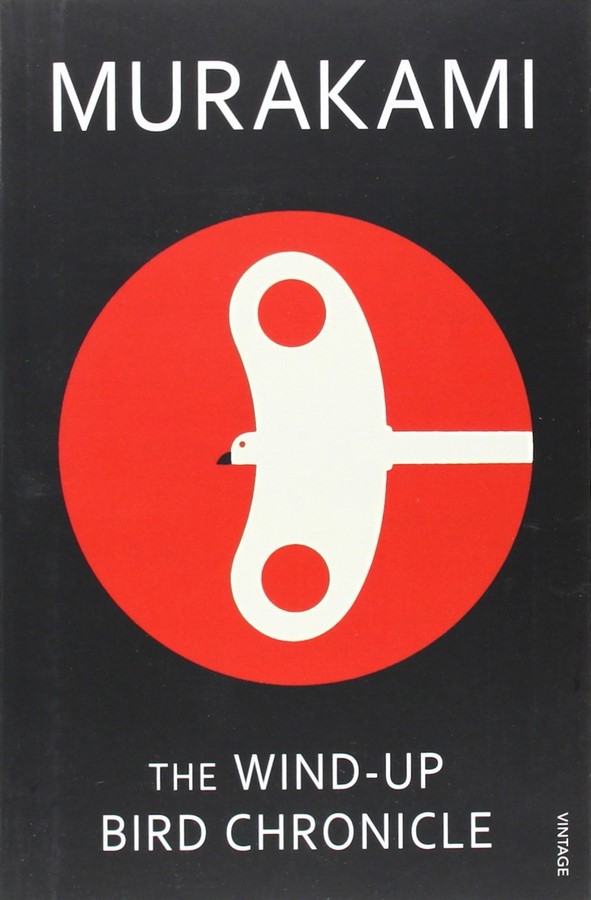
9. The Custom of the Country by Edith Wharton
The novel is considered Edith Wharton’s masterpiece. The Pulitzer winning writer often played with themes of society, reformation, elitism of gilded age, and the relationship between space and occupants.
‘The Custom of the Country’ saw Edith effortlessly weave together the concepts of society and architecture. It is a story that revolves around the protagonist, Undine Spragg’s ascension in the circles of society. This social progress of the protagonist is elaborated through the picturesque architectural descriptions of the houses Undine occupies. Undine equates social standing with the architectural style and type of houses.
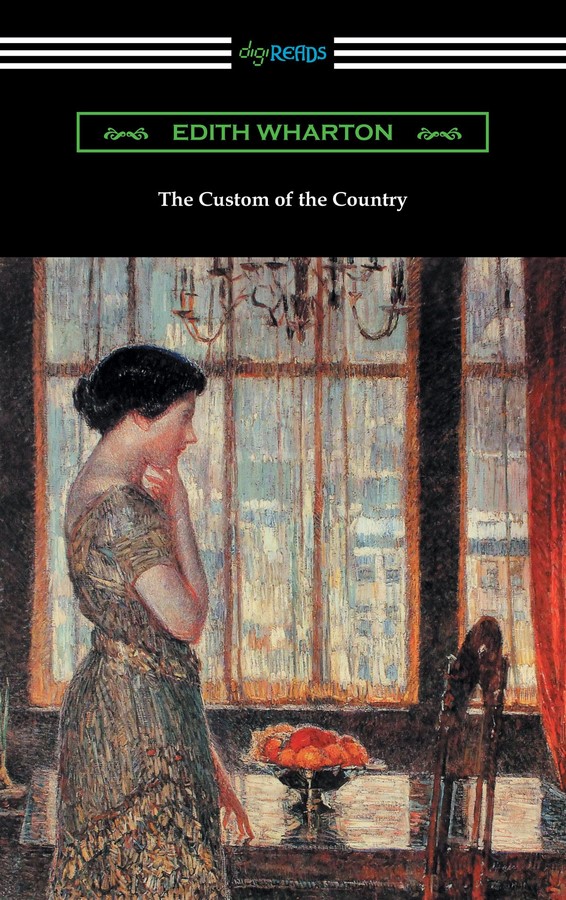
10. Name of the Rose by Umberto Eco
Umberto Eco’s debut novel is a best-selling murder mystery set in the 14th century. Eco’s background in semiotics guided the narrative style of this literary gem. Eco is said to have done extensive architectural research before embarking on this venture. The result is seen in the detailed descriptions of space in his novel.
Architectural imagery in this book is not merely the creation of a setting. Architecture in the Name of the Rose takes on a character in itself. It helps to convey the different layers of the characters and the writer’s perceptions.
